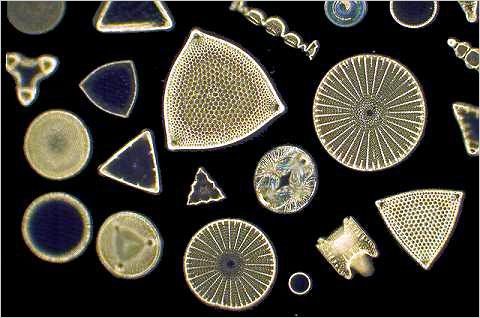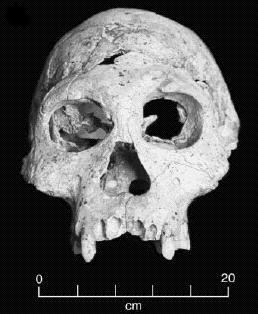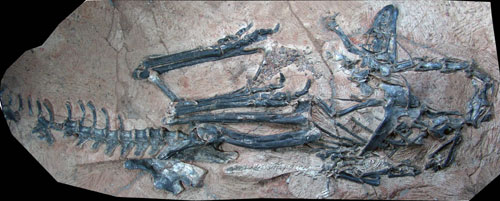 Thus far, here at Scientifica Phenomena, we've talked a lot about the latest scientific discoveries. However, we haven't been talking as much about how those discoveries are made. Obviously, "science" is a ridiculously broad term, and we can't cover every branch between the two of us. However, since I have a good familiarity one branch of science, I decided I'd share that knowledge in a Processes of Paleontology (POP) series.
Thus far, here at Scientifica Phenomena, we've talked a lot about the latest scientific discoveries. However, we haven't been talking as much about how those discoveries are made. Obviously, "science" is a ridiculously broad term, and we can't cover every branch between the two of us. However, since I have a good familiarity one branch of science, I decided I'd share that knowledge in a Processes of Paleontology (POP) series.Before I can discuss how a paleontological discovery is made, though, I want to establish some principles of paleontology. Paleontology is defined as "The study of forms of life existing in prehistoric or geologic times, as represented by fossils of plants, animals, and other organisms." More precisely, paleontology looks at the organisms that existed on our planet in the far past, before the Holocene Epoch (see the time scale above). The line between paleontology and paleoanthropology, archaeology, and anthropology gets a little fuzzy within the past 100,000 years or so, but any life before that time falls under the category of paleontology. Obviously, dinosaurs are part of paleontology, but only a small part. Trilobites, ammonites, xiphactinus fish, insects, fossil leaves, tracks, worm burrows in the rock.... these fossilized remains of ancient life, and numerous more, are all part of paleontology.

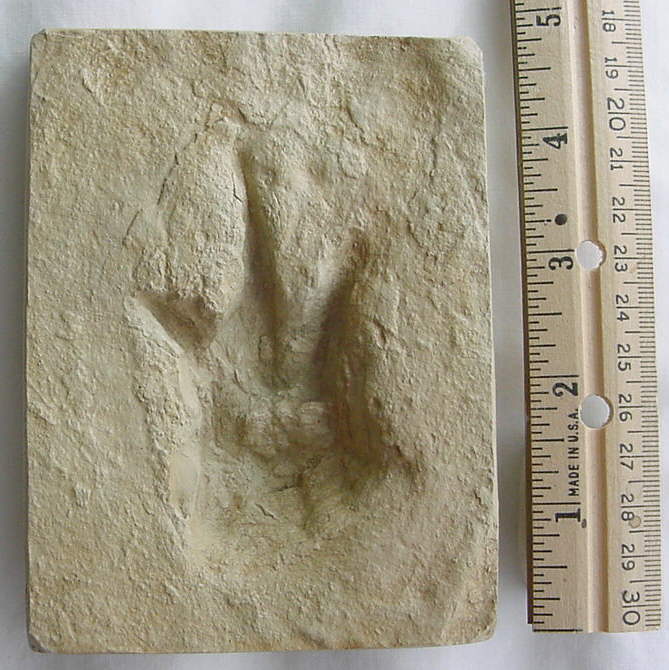
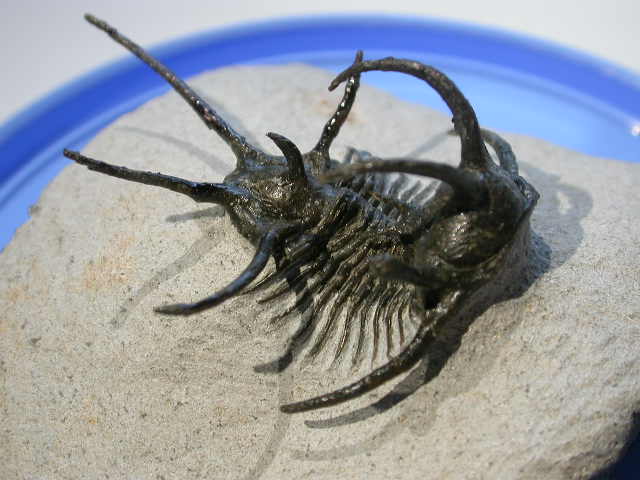

All of what paleontologists study is based on fossils. These can either be the direct remains of creatures, called organic fossils, or just traces of these creatures, called trace fossils. All of the images above are different fossils. From left to right, they are a Tyrannosaurus rex skeleton (an organic fossil), a therapod track (a trace fossil), a trilobite (an organic fossil), and a branch with leaves on it (an organic fossil). Despite the diversity, they were all preserved over hundreds of millions of years in similar ways. The organism died in some sort of sediment, like a lake bottom, a swamp, or an ocean floor. More sediment fell on top of it, covering it. In general, this process was very quick, to eliminate predation and severe decomposition. As this solidified into rock, whatever remained of the organism became trapped. Minerals permeated the rock with water, replacing the original organic matter with stone. There are other types of fossilization as well, but this type is the most common.
For more information on fossilization, check out this website. It has a pretty thorough description of most types of fossilization.
For more information on paleontology in general, visit the USGS website.















